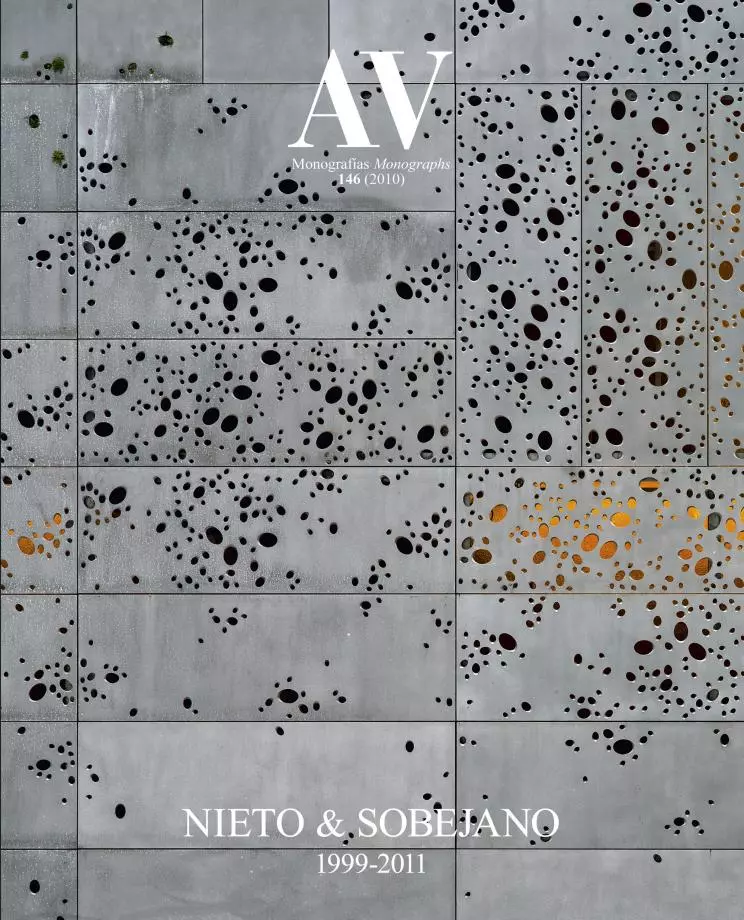The Window and the Mirror, Frames of Thought

The projects we find more interesting, the most lucid works perhaps, are those that seem to emerge from the attempt to connect anomalies, associations of random, arbitrary facts, which are there before us and only need an idea to explain them. But because arbitrariness is hardly compatible with the coherence that the practice of architecture demands, we see ourselves urged to establish certain rules – also random at times – to work within the limits, existing or created, that, as it happens with the pieces of a puzzle, allow disparate elements to compose an intelligible portrait. This interpretation of the project as a mosaic, as an addition of fragments forming a unitary whole, questions the existence of a conscious starting point – an original and unique moment –, and acknowledges, on the contrary, that the key element of the architectural piece paradoxically resides in the ties between unrelated events. The frame that contains one painting within another and so on – that image that Georges Perec linked to the idea that “every work is the mirror of another” – suggests an architecture conceived as a combinatorial mechanism, a play of multiple reflections in which our work only takes on meaning when viewed as a whole.
The limit of the mirror finds its opposite in the window frame that directs our attention to a specific point and thus distract us from the rest, generating a gaze that will inevitably determine our way of interpreting a place, a landscape, a city. It is from then on that the process unfurls in a series of associations, a system of relations where each combination must obey specific rules, even if these rules are arbitrary. Many of our projects were devised from images and remembrances previously recorded in our memory, perhaps unconsciously, through impressions received in unexpected circumstances: visiting a faraway archaeological site in Syria; closely observing a work by Feininger; trying to unveil the underlying structure in writings by Kafka, Borges or Perec; deciphering the laws that define the medieval and Renaissance roofs in Graz; tracing the sequences of spaces in the mosque of Córdoba; analyzing the geometries concealed in latticeworks and Islamic ornaments; or simply trying to perceive the spatial, luminic and tactile qualities that one can only experiment through the senses...





